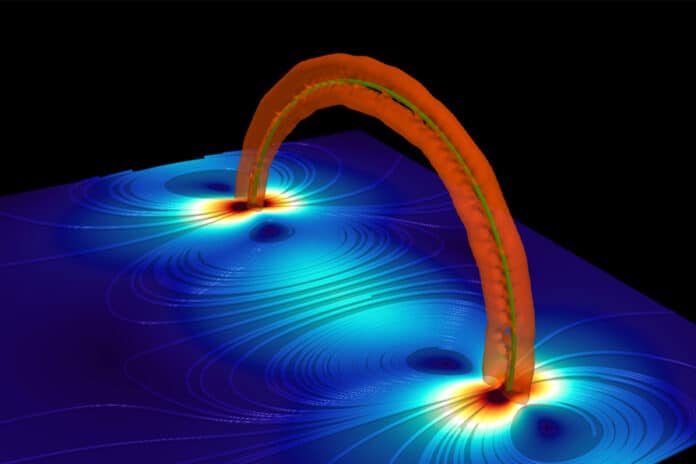Many quantum fluids, such as superfluid helium-4, can be considered a mixture of two miscible fluid components: an inviscid superfluid and a viscous normal fluid of thermal quasiparticles. A conspicuous feature of the superfluid is the existence of topological defects in the form of quantized vortices.
Professor Wei Guo’s team of researchers at FAMU-FSU College of Engineering has made significant progress in investigating the motion of vortices in these quantum fluids. Their investigation of the behavior of vortex rings in superfluid helium offers vital proof in favor of a recently constructed theoretical model of quantized vortices.
The study also resolved long-standing questions and enhanced our understanding of vortex dynamics within the superfluid.
The superfluids are vital in phenomena such as superfluid helium turbulence and neutron star rotation glitches. However, accurately predicting the motion of vortices has proven challenging.
To remedy this, the study team used deuterium tracer particles that had hardened and been captured in the vortex rings. They were illuminated by an imaging laser in the shape of a sheet, and the researchers took exact pictures of them to measure their motion.
Additionally, the researchers ran simulations with several theoretical models and showed that only the recently suggested self-consistent two-way model, or S2W model, faithfully reproduced the vortex ring motion. The ring should contract as it interacts with the thermal environment, but the S2W model predicts it will do so more slowly than earlier models.
Yuan Tang, a postdoctoral researcher at the Florida State University-headquartered National High Magnetic Field Laboratory, said, “That was precisely what we saw. This research provides the first experimental evidence supporting the S2W model.”
This discovery’s importance goes beyond superfluid helium. The proven S2W model has promise for use in additional quantum-fluid phenomena, such as superfluid neutron stars and atomic Bose-Einstein condensates.
Journal Reference:
- Tang, Y., Guo, W., Kobayashi, H. et al. Imaging quantized vortex rings in superfluid helium to evaluate quantum dissipation. Nat Commun 14, 2941 (2023). DOI: 10.1038/s41467-023-38787-w
